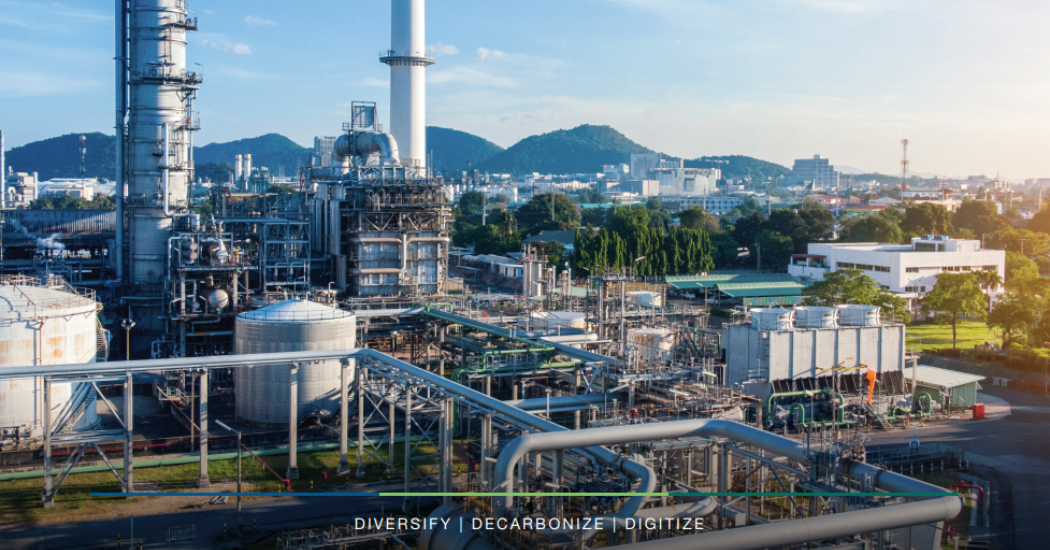In the oil and gas industry, hydraulic power recovery turbines (HPRTs) capture energy in hydrocrackers that would otherwise be wasted to efficiently drive a charge pump, compressor or generator to power other equipment or operations.
The concept is not new. For decades, standard centrifugal pumps have been run in reverse to convert hydraulic energy in the flow of the hydrocracking process. However, less than half of installed HPRT equipment remains in operation.
That’s because standard hydraulic turbines have a narrow allowable operating range (AOR). They become unstable when the mix of liquids and gases varies from the pump’s hydraulic design. This can happen any time the feedstock or other process conditions change. Since the HPRT is connected in many cases to the charge pump package, its instability or failure can shut down the hydrocracking process. So, refinery operators will bypass the highly sensitive HPRT, rather than risk the reliability of the hydrocracker, which is at the heart of oil and gas refining.
Flowserve enables refinery operators to avoid these issues and supports their corporate initiatives to optimize efficiency, minimize energy costs, and reduce carbon dioxide (CO2) emissions. We convert reverse-running pumps into true turbines with superior energy recovery and stability. Our highly flexible turbine hydraulics can increase efficiency by as much as 7% compared to a conventional reverse-running pump.
